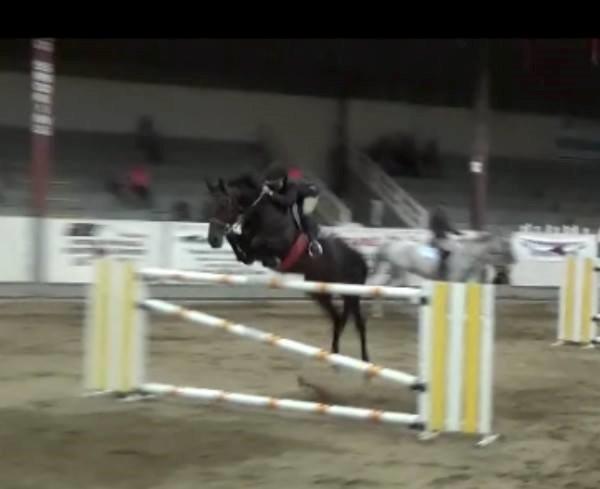Looking to get some ideas or perspectives!
I pulled my horse’s shoes this winter while we take a break from showing and he’s having a grand time being barefoot. I’m trying to figure out what I should do for the upcoming show season and would love to hear if there are any first-hand accounts. I’d love to continue barefoot if I can and I know some horses do it (Swedish team), however, I’m just a DIY rider and don’t have access to that level of on-demand farrier service. We jump 1.30+ and sometimes compete in sand footing which I usually like to wear studs for, so with barefoot I’d lose that option (I think the Swedes do some sort of a resin layer?).
He does well in steel shoes so I feel like I might be messing with something that doesn’t need to be fixed. But my horse is a bit of a clunky guy and he’s moving so well right now so I feel like it might also help our results.
I plan on talking to my trainer and farrier before making a decision but would like to be prepared with an informed idea.
Would love to hear any thoughts!

